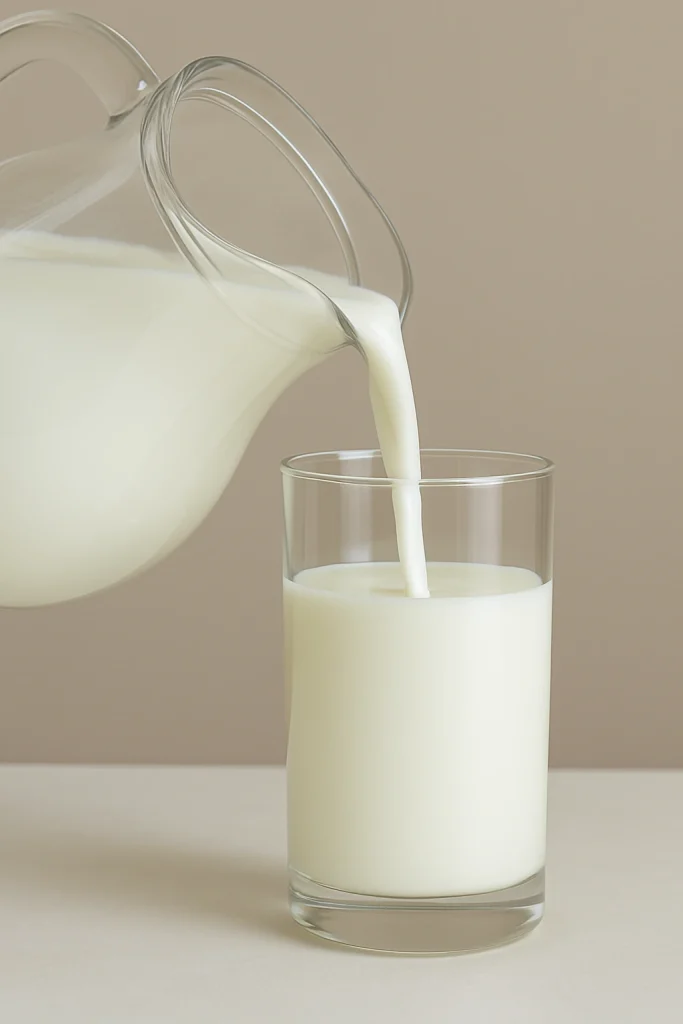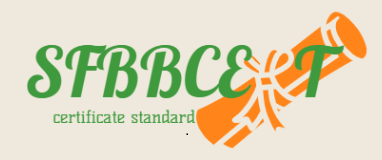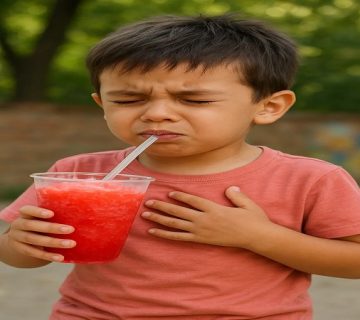In recent days, health authorities have issued a serious warning regarding the consumption of raw, unpasteurized milk. This alert serves not only as a public caution but also as a firm reminder to dairy producers and distributors to strictly comply with health regulations and food safety standards.
This article provides a detailed overview of the warning, health risks linked to raw milk, regulatory monitoring mechanisms, and strategies to prevent diseases such as brucellosis. In the final section, we introduce the SFBB standard and the certification system known as SFBBCERT.
What Is Raw Milk and Why Is It Dangerous?
Raw milk refers to milk that has not undergone any heat treatment such as pasteurization. While some may believe raw milk is more nutritious or natural due to traditional practices, it poses serious health risks. Raw milk can harbor dangerous microorganisms including:
Brucella (which causes brucellosis)
Listeria
Salmonella
E. coli
Campylobacter
These pathogens can cause severe illness, particularly in children, the elderly, pregnant women, and individuals with weakened immune systems.
Health Authorities’ Monitoring Process for Dairy Products
A multi-stage surveillance system is often used to monitor dairy production and distribution:
Initial Inspection: Personal Hygiene & Raw Material Quality
Inspectors evaluate the hygiene of personnel, the condition of facilities and equipment, and the quality of incoming raw milk. Any deviation from standards may result in warnings or even suspension of operations.
Production Process Oversight
All stages—such as pasteurization, fermentation, packaging, and refrigeration—must comply with safety regulations to ensure milk and dairy products are safe for consumption.
Routine Sampling and Testing
Dairy samples are collected regularly or following consumer complaints. They are tested in certified laboratories for microbial and chemical safety. Violations can result in legal actions, including temporary shutdowns.
Role of Veterinary and Food Safety Organizations
Veterinary and food safety authorities are tasked with controlling the microbial load in raw milk and preventing the use of illegal additives like baking soda or chemical preservatives, which can seriously harm consumers. These substances can be detected through routine lab testing, and violators face severe penalties.
The Risk of Brucellosis from Raw Dairy Products
Brucellosis is a common zoonotic disease transmitted mainly through unpasteurized dairy. Symptoms include:
Fever
Muscle pain
Night sweats
Chronic fatigue
Treatment is prolonged and can be costly. High-risk products include:
Unboiled raw milk
Fresh, unpasteurized local cheeses
Traditional butter and cream
Ice cream made with raw milk
Key Health Recommendations for the Public
Health authorities recommend the following:
Avoid buying raw milk. If necessary, boil it for at least one minute while stirring.
Wash milk containers thoroughly after each use.
Do not refrigerate raw milk before boiling.
Store pasteurized milk at 4°C and consume within 48 hours.
Avoid unpasteurized cream, butter, or ice cream.
Packaged pasteurized butter can be refrigerated for up to one week or frozen for longer storage.
Avoid fresh cheeses unless they have been aged for at least two months in brine.
The Role of Media in Promoting Safe Dairy Consumption
Websites, media outlets, and social media platforms play a crucial role in spreading awareness about the dangers of consuming unregulated, traditional dairy products. Public education is key to encouraging consumers to choose certified, safe products with official labeling.
Introduction to SFBB and SFBBCERT Certification
To effectively combat food safety violations, many health systems have adopted the SFBB (Safer Food, Better Business) framework.
What Is SFBB?
SFBB is an internationally recognized standard designed to enhance food safety in small and medium-sized food businesses. It is based on four core principles:
Maintaining personal hygiene
Proper temperature control and storage
Preventing cross-contamination
Documenting hygiene practices
Conclusion
The consumption of raw milk and unpasteurized dairy can have serious health consequences, including life-threatening infections such as brucellosis. Adhering to food safety standards like SFBB, following public health guidelines, and choosing products certified with the SFBBCERT label are essential steps toward protecting public health.
With greater public awareness, stronger inspections, and broader adoption of certification systems like SFBBCERT, we can collectively build a safer and healthier food environment.





No comment